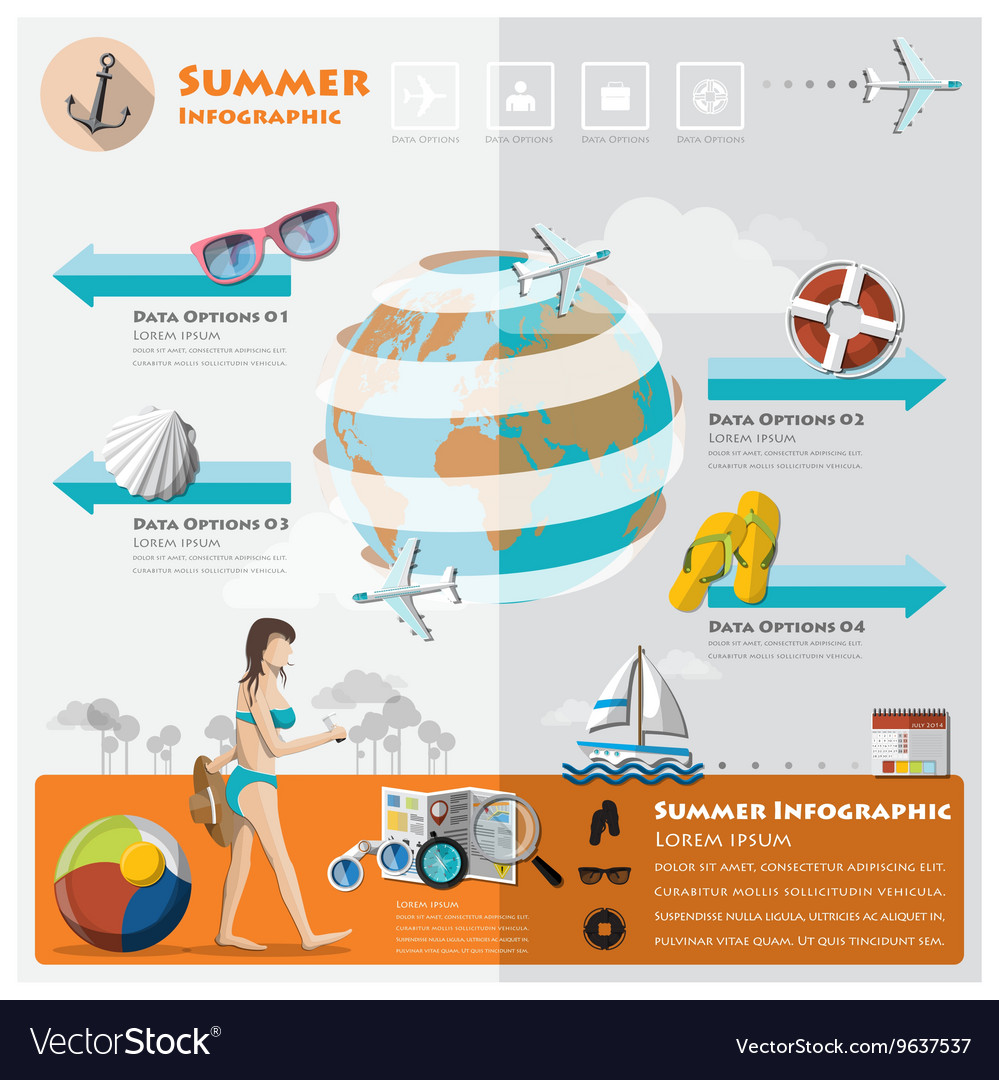The RMS Rhone is a legendary ship accident that has brought to life a gorgeous marine park. It is among one of the most preferred dives in the Caribbean. Its tragic story continues to captivate and captivate us.
Captain Woolley selected the closest route to ocean blue through the network between Dead Upper body Island and Black Rock Point on Salt Island. As Rhone occurred to approach the factor the tail end of the typhoon threw her onto the rocks.
The History
Throughout the yellow fever epidemic of the 1860s, transatlantic traveler ships stopped on a regular basis at Road Harbour, Tortola and Great Harbour on Peter Island to move passengers and freight between them. Master Frederick Woolley of the Rhone had been warned by a dropping measure that a storm was coming, yet believing that the cyclone season was over, he determined to stay at Great Harbour for the transfer with an additional RMS ship, Conway.
Just as they were passing Black Rock Factor in between Salt and Dead Breast islands, the climate unexpectedly changed instructions. The first lurch captured the Rhone on her side and she smashed against the rough reef. Legend has it that Captain Wooley was making use of a silver teaspoon (which stays dirtied in the coral today) to mix his favorite at the time. The wreck is currently a preferred dive site, home to an interesting selection of marine life. Most individuals agree that a complete expedition of the site needs 2 different dives, as the bow and stern sections are spread out apart at various depths.
The Accident
The Rhone relaxes under the warm clear waters of the Caribbean Sea and is a renowned dive website today. Visitors can explore the incredibly undamaged bow area, see where scenes from the 1977 film The Deep were shot, and swim under the demanding near its huge 15 foot propeller. This brimming marine park is a tip of the fragile balance between guy and nature.
On 29th October 1867 as Captain Wooley was preparing to secure the Rhone in Roadway Harbor, the wind and waves shifted and he chose to attempt to defeat the coming close to storm out into the open sea. He steered the ship to Black Rock Point in between Dead Upper Body and Blond Rock, a pair of rocky pinnacles rising up from the water. The ship struck the rocks and sank in 2 areas with the cold water of the inbound trend contacting the hot boilers triggering a surge and sinking the vessel with all 123 travelers still linked to their beds.
Snorkeling
Among one of the most famous wreck dives in the Caribbean, snorkelers can quickly check out much of the Rhone by just drifting on a mask and breathing via the sea. The much deeper bow area is particularly well-preserved, a kaleidoscope of orange cup corals reefs teeming with yellowtail snapper, sennets and jacks. It's likewise where scenes from the 1977 motion picture The Deep were shot.
The demanding and stomach are extra separated, but they offer a haunting peek of a past era. Divers ought to intend on a minimum of 2 dives to completely experience the Rhone, particularly because visibility can occasionally be complicated. Emphasizes consist of the lucky porthole, which divers massage completely luck, and the well-known bronze propeller. The rusting skeletal system of the Rhone is a famous sight in the BVI and is a must-see for any diving or boating fanatic. The ship is open to the general public for exploration, and many neighborhood dive boats visit daily. The Rhone is shielded by the National forest Service, and entry is absolutely free.
Diving
One of the Caribbean's most celebrated wreckage dives, Rhone is a sought after site for its historic appeal and teeming aquatic life. It's open and fairly safe, making it ideal for divers of all experience levels.
The tale behind the wreckage is heartbreaking: as she was transferring guests to one more ship, Conway, at Road Harbour on Tortola, Rhone rounded Black Rock Factor and ran into it at sail british virgin islands full speed. Warm boilers smashed versus chilly seawater and blew up, sending the Rhone collapsing into the rocks and sinking in minutes. Just 23 of the 146 individuals aboard made it through. Their bodies were buried on Salt Island.
The wreckage split in two when it sank, and the bow area drifted to much deeper waters, while the stern resolved at about 80 feet. Both are swallowed up in coral and populated by marine life, consisting of schools of yellowtail snappers, sennets, jacks and grunts. It takes at least 2 dives to explore the whole wreck, however, because the bow and strict sections are divided by about 100 feet of water.
